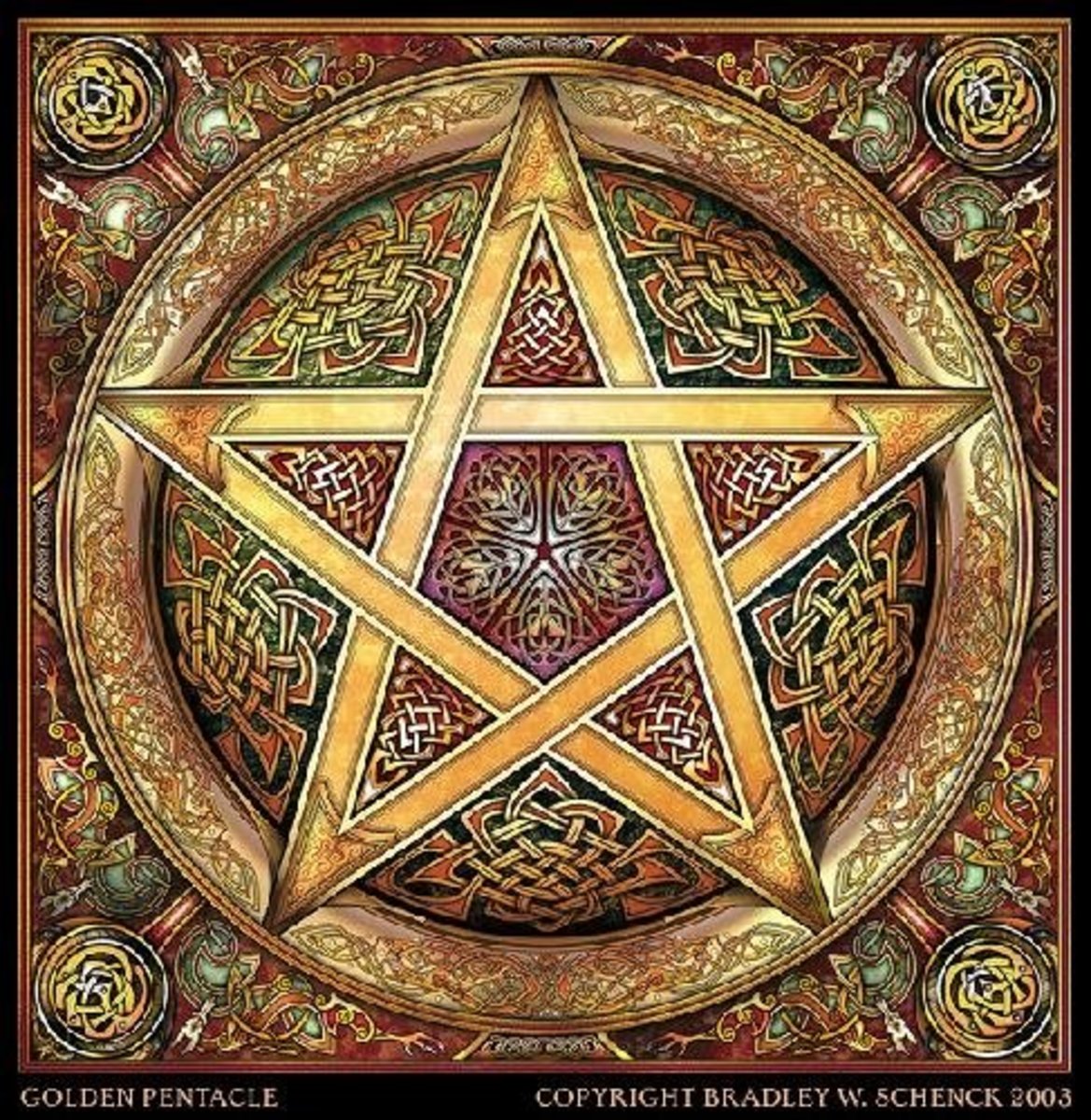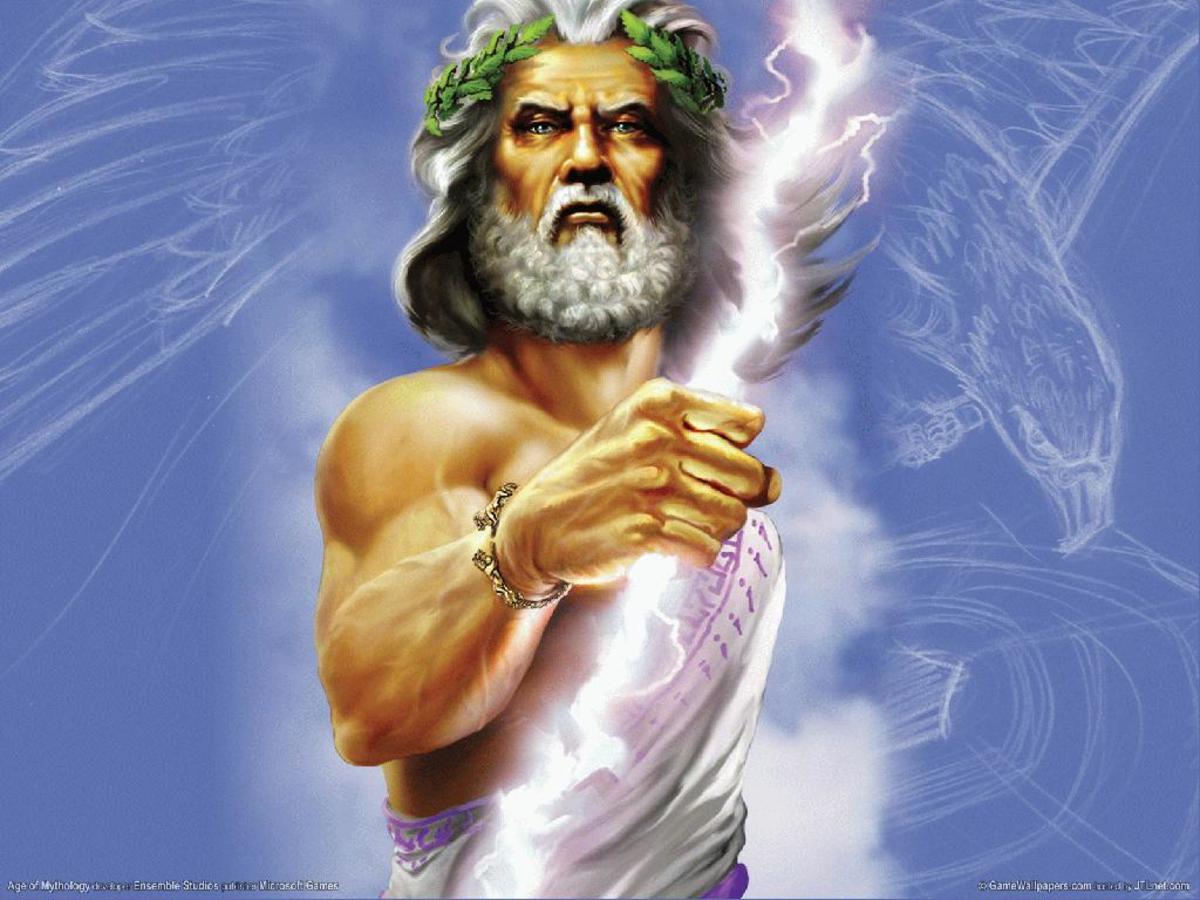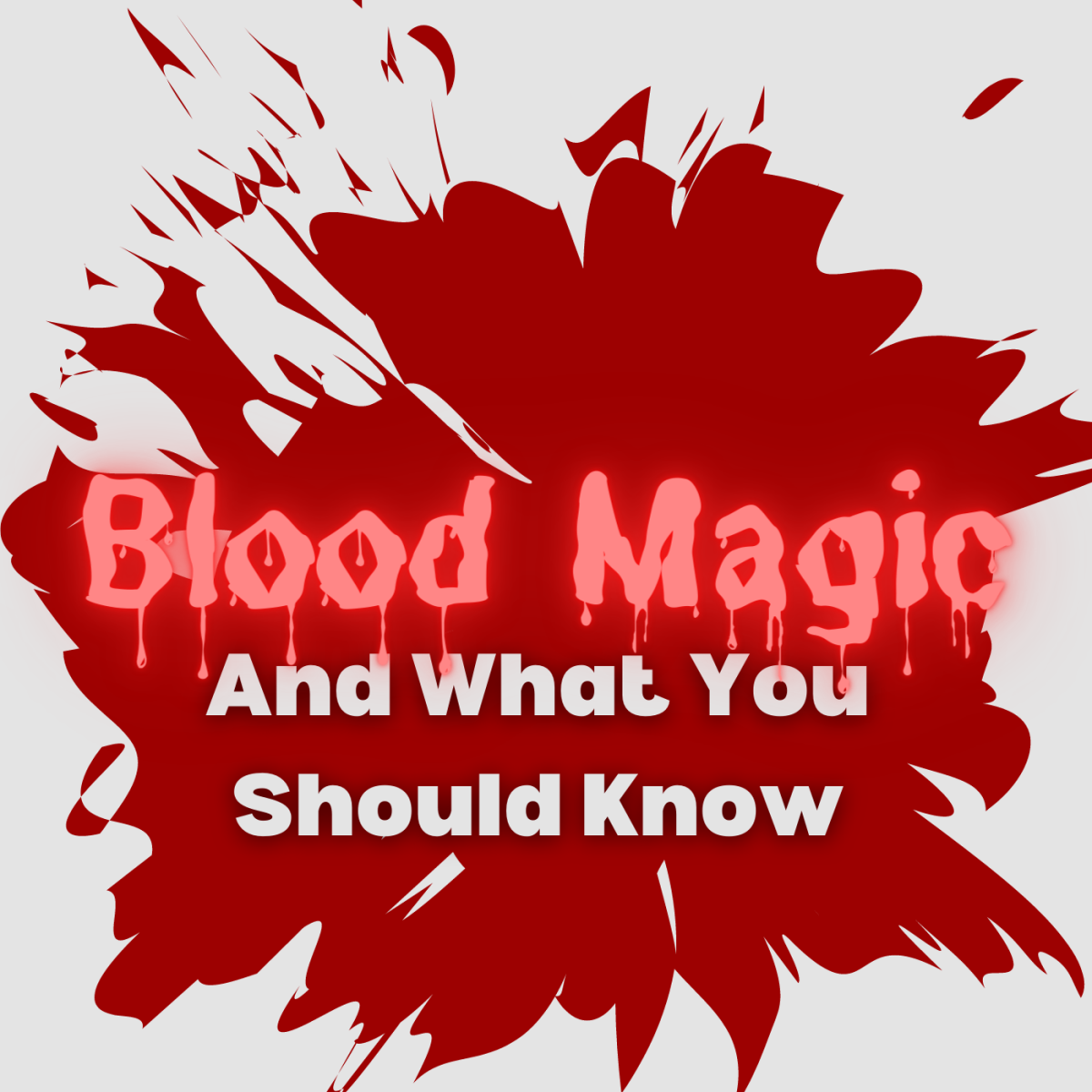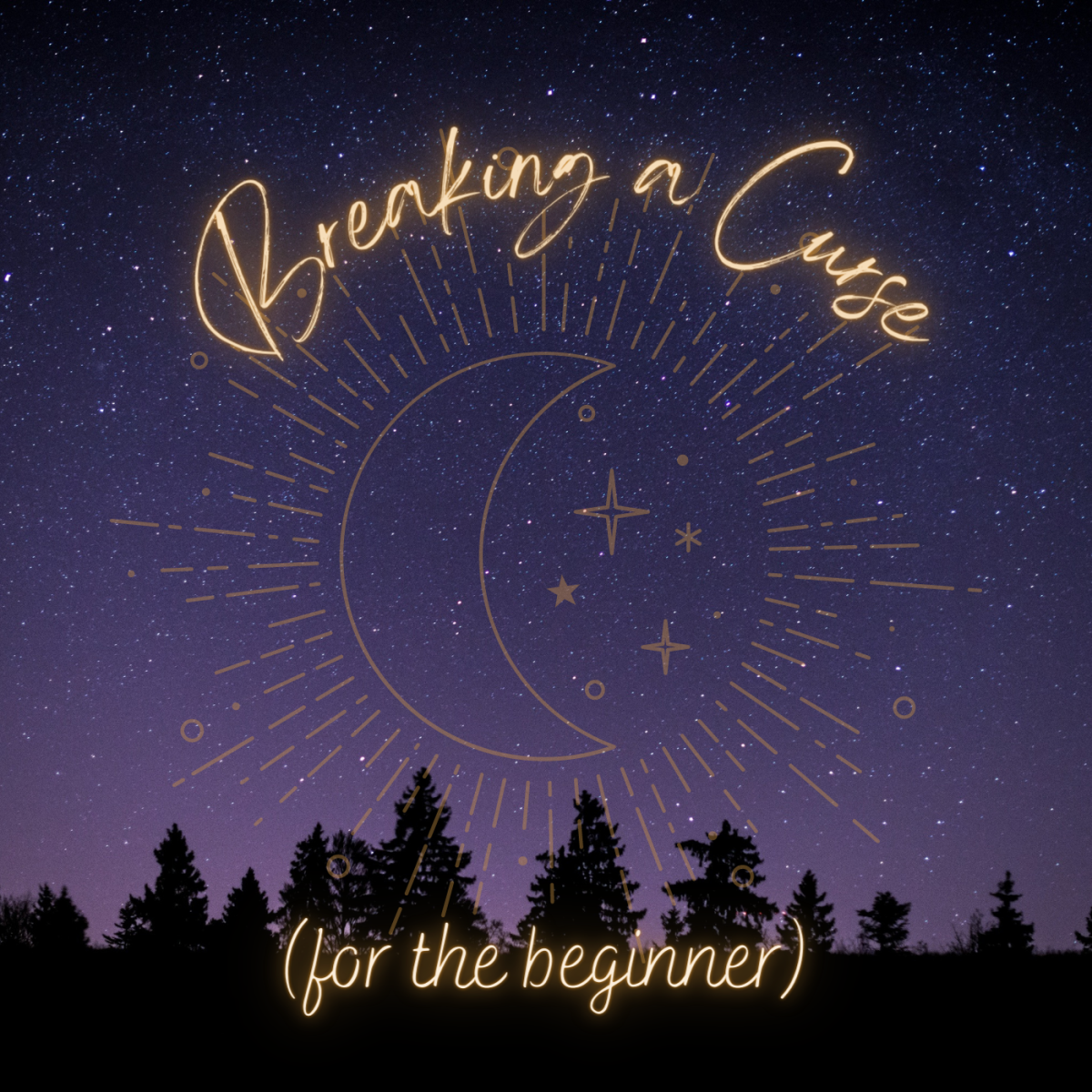How do I Begin on a Pagan Path?
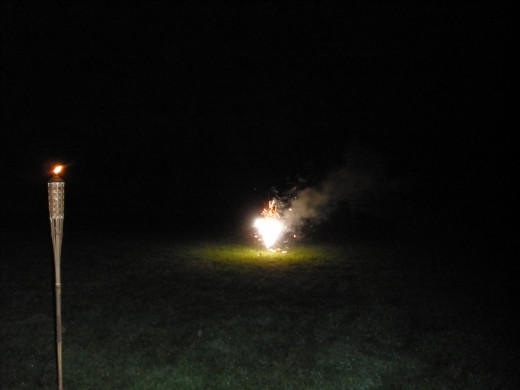
Introduction to Paganism
Many people today seem to be looking for a spiritual path. Perhaps they never had one and feel a void, or maybe the tradition they were raised in was not right for them. As a result there are many seekers out there. Some of these seekers have discovered Paganism and have questions. This is for those seekers.
Types of Pagan Religions
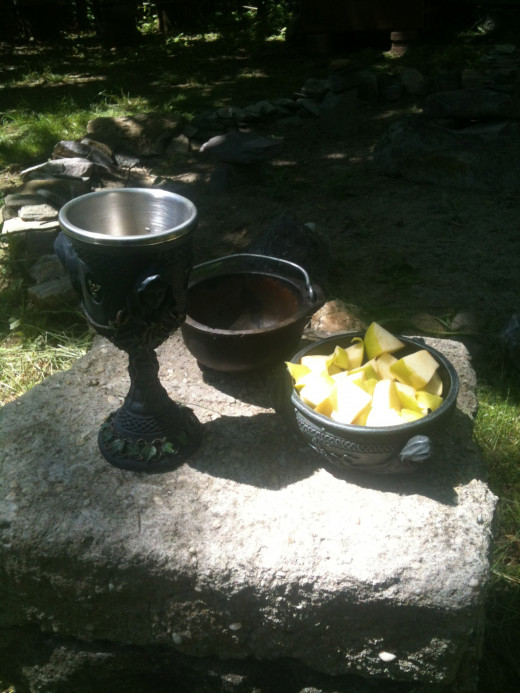
Types of Pagan Religions
One of the first things you will find is that there are many different types of Paganism. Like Christianity, there are “denominations” if you will. Some are very similar while others seem to be polar opposites. Since this is an introduction into Paganism, I shall not get in depth. I shall however advise you to read all you can and research the different types of Paganism. One or more will surely call to you, and then you can move on to studying those. If you are more interested in the natural world, with little interest in formal ritual, a form of Witchcraft may interest you. If you prefer more elaborate ceremonies then perhaps Ceremonial Magick is more to your liking. Someplace in between? Consider Wicca, and research the many traditions within Wicca. Then again, you may prefer to simply identify as "Pagan", with no other modifier.
Sound confusing? It can be. That is why you need to read, read, read. Then do your research. And as always, follow your intuition as to what feels right to you. A note of caution here. Do be discerning when doing research. The internet is a great tool, but as with most subjects, not everything you read will be true or accurate. If in doubt, double check, or if you can, ask someone who practices.
An invaluable resource on the internet is Witchvox.com. This site lists many different traditions with in depth information on each. It also has a “local” area, by state, where you can find shops, workshops, groups, events and so on.
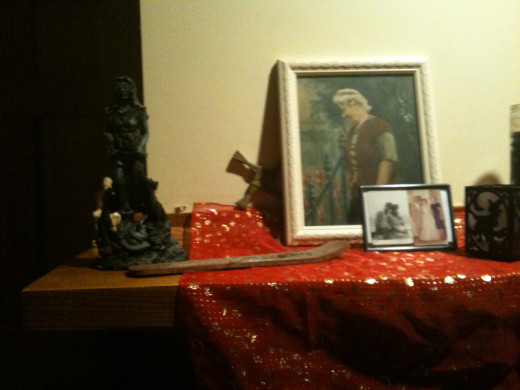
Which Pagan path do you identify with the most?
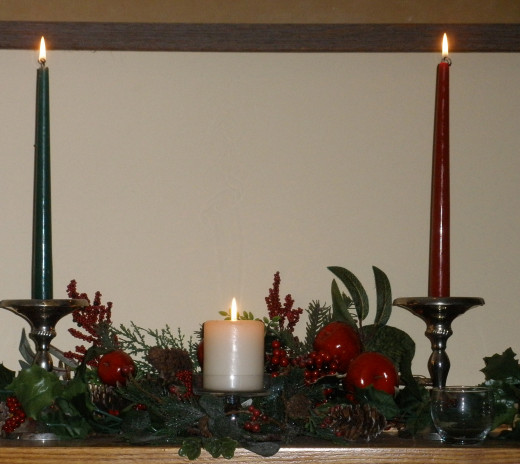
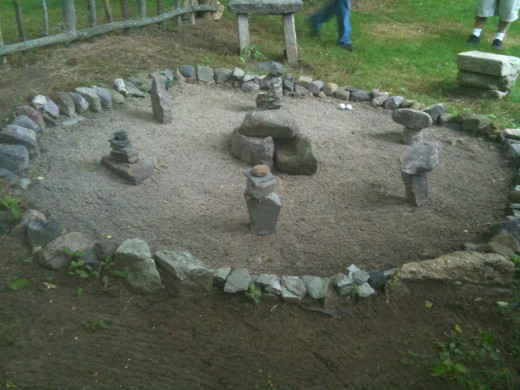
Getting Started
Now you have done some research and know a bit about the traditions. Maybe one has caught your interest. Read all you can of course, but don’t forget to spend some time in nature. Most of the Pagan religions involve being a part of nature. Go to a place you feel safe and comfortable and just observe. Listen. Feel a part of the natural world. Take your shoes off if you can and feel the dirt or sand under your feet. Breathe.
Another way to connect is to set up a sacred space all your own. It can be indoors or outdoors, a room in your home or a corner in your room. Where doesn’t matter, as long as it has meaning to you. It should be a place you can meditate or pray, and place things that are symbolic to you. If you don’t live alone and want to keep it low key, you can keep it very simple by placing a plant and a candle in the space.
If you can, try to find a local shop that offers workshops. These are wonderful, as you are not only learning, but connecting with other Pagans as well. Not everyone wants to be part of a coven or group, but it is useful (especially when first starting out) to be able to meet with and talk to others on a similar path.
Most Pagans follow The Wheel of the Year - dates that mark the progression of the year and the seasons. These are as follows:
(Pagan holidays are from sunset to sunset, so the dates given mark the beginning of the holiday. The Solstice and Equinox festivals can vary a day or so, according to the calendar.)
Yule - Winter Solstice, Dec. 21. This is the first holiday of the year. It marks Midwinter, the time when the Sun starts to gain strength again. From this point, there is more sunlight in each day.
Imbolc - February 1st. This the day when the promise of Spring is upon us. Snowdrops pop their heads above the frost and life is returning beneath the surface. Many traditions to mark the coming of Spring are on this day (think of Groundhog Day). It is the Feast of Brighid, the Goddess of fire, healing, crafts, midwives, poetry and so much more.
Ostara - Spring Equinox, March 21st. This is when we welcome Spring. The land is fertile and the warmth is returning. Things are in bloom. This is a fertility festival, marked by eggs and rabbits. Planting seeds for the harvest. The God prepares to reunite with the Goddess.
Beltane - April 31st. The Goddess and the God are united. The land is fully alive and there is merriment and fun before the work of the coming Summer. A good day to commune with and work with the Fae.
Litha - Midsummer, June 21st. This marks the day when the Sun is at its strongest. Marriage of the Goddess and God. Much work has been done, but there is much more left to do. This is a period of waiting mostly for the seeds to grow. Tend to what has been planted. Another good day to work with the Fae.
Lughnasadh - August 1st. The first Harvest. The wedding feast of the God Lugh. Blessing of the grain and wheat, making of and sharing of bread.
Mabon - Autumnal Equinox, Sept. 21st. Second Harvest. Honouring the fruit of the harvest. Thanksgiving. The God prepares for his descent back to the underworld.
Samhain - October 31st. The Third Harvest. Celtic New Year. Honouring the Ancestors. Preparing for the winter months ahead. Good for Divination. The veil between the worlds is very thin. Another day to honour the Fae. The God descends into the underworld, dying to be reborn again.
In addition, many Pagans honour moon cycles (Full and New Moon). Some prefer formal rituals for all of these, some would rather mark them quietly and still others may like to celebrate some formally or with a group and others as solitaries.
Some More Thoughts
Once you have read, researched and reached out, you are on your way to a path that will bring you much happiness and fulfillment. There are many more things you will need to think about and decide on - such as whether or not to be out of “the broom closet”. Know that whatever you decide on is right for you, as you are the one walking your path. Don’t let anyone else tell you what to think or believe. The benefit of Paganism is that in most traditions, you are your own line to the divine. With that comes freedom but also responsibility. These beginning steps are exciting and fun, and can lead you to many interesting places. Enjoy the journey.







